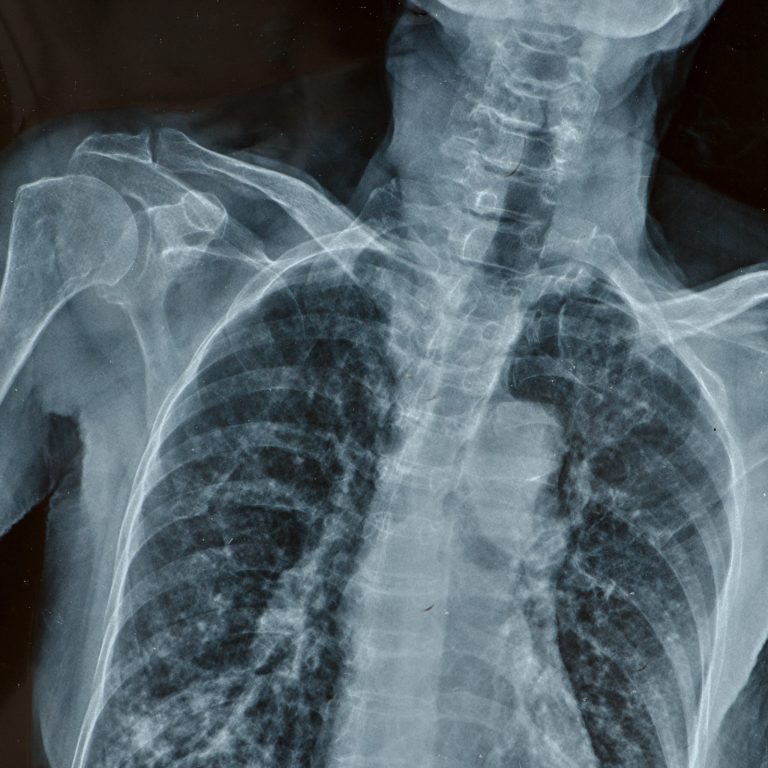The endobronchial valve is a modern medical device used to treat patients with severe lung conditions such as emphysema. In this article, we'll look at what an endobronchial valve is, how it works, and what its benefits are for patients.
What is an Endobronchial Valve?
The endobronchial valve is a small, one-way valve that is placed in the airways of the lungs with the help of a bronchoscope. The valve allows air and fluid to exit the blocked part of the lung, without allowing air to enter. This helps reduce excess air in the lungs and makes breathing easier.
How Does the Endobronchial Valve Work?
The endobronchial valve works as follows:
- Placement: The thoracic surgeon places the valve in the airways through a bronchoscope. The procedure is usually done under general anesthesia and is minimally invasive. 2. One-Way Airflow: The valve allows trapped air and fluid to leave the lungs, but prevents new air from entering the affected area. 3. By reducing the pressure and swelling (total volume) of the lung, the patient's breathing improves and symptoms are reduced.
Benefits of the Endobronchial Valve
The use of an endobronchial valve offers many benefits to patients with severe lung disease: – Improving Breathing: It reduces hyperinflation of the lungs and facilitates breathing. – Increasing Physical Activity: Patients can participate more actively in their daily activities. – Reduction of Symptoms: Relieves chronic cough, shortness of breath and fatigue. – Minimally Invasive Procedure: The procedure is less invasive than other surgeries and has a faster recovery. – Customizable Therapy: The valve can be removed or replaced if necessary.
Which Patients Are Suitable for an Endobronchial Valve?
The endobronchial valve is mainly recommended for patients with severe emphysema who do not respond adequately to drug therapies. Suitable candidates are usually: – Patients with significant lung hyperinflation. – Patients who have difficulty breathing and limited capacity for physical activity. – Patients who are not suitable for other surgical procedures, such as lung transplantation. In order to select the appropriate patient, a very careful selection process must be done by a group of experts in the so-called Respiratory Failure or Hyperinflation Council (Respiratory Failure MDT / Hyperinflation MDT) )
Conclusion
The endobronchial valve is an innovative treatment that offers significant relief to patients with severe lung diseases. This minimally invasive procedure can improve patients' quality of life by making breathing easier and increasing their physical activity. If you have severe breathing problems, consult with your thoracic surgeon to consider whether the endobronchial valve is the right solution for you, which is for very specific patients with end-stage respiratory failure mono.




















